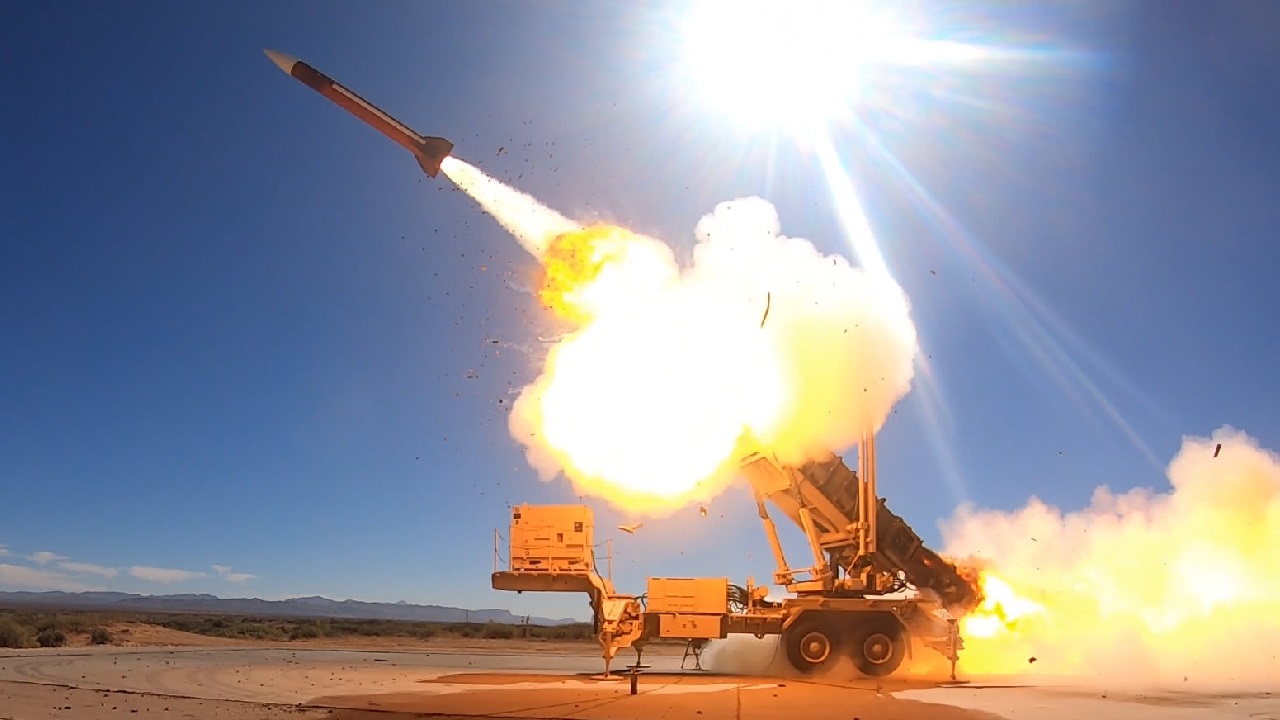Since Russia first invaded Ukraine back in February 2022, the U.S. and other North Atlantic Treaty Organization (NATO) members have provided Kyiv with scores of advanced military equipment and weaponry.
The Biden administration and the U.S. Congress has directed more than $75 billion alone in assistance to Ukraine, which includes humanitarian assistance, training, weapons and munitions.
Many analysts believe Kyiv’s defensive strategy against Russia would be severely hampered without this Western assistance.
Perhaps one of the most effective systems provided to Ukraine by the U.S. is HIMARS. The long-range, mobile, precision fire launcher has proven to be a significant asset for Kyiv.
Video Shows Destruction of a Russian Artillery
This week, the open-source intelligence group Ukraine Weapons Tracker released footage depicting the destruction of a Russian 2S5 Giatsint-S 152mm self-propelled gun.
In the video published by the group’s @UAWeapons Twitter handle, the self-propelled gun is seen traveling on an isolated direct road when it is struck.
Following a burst of flames that erupt around the gun, the camera pans in and billows of grey smoke appear.
While it is unclear what targeted this Russian weapon, HIMARS or an unmanned aerial vehicle (UAV) could be responsible.
Introducing HIMARS
The M142 High Mobility Artillery Rocket System was developed for the U.S. Army back in the late 1990’s although its conception goes back further. In 1982, the Army recognized the need to develop a light multiple rocket launcher as a counterfire asset as it was clear that the M270 MLRS was simply too hefty for rapid deployment. Using a modified Honest John launcher, the HIMARS concept was formally tested in 1991 and Lockheed Martin ultimately was ultimately chosen by the Army a few years later. The manufacturing giant was awarded a $23 million contract to construct four prototypes of the light-weight launcher, and HIMARS was selected in 2003 as the winner.
Specs and capabilities
Mounted on a Family of Medium Tactical Vehicles XM1140A1 truck frame, HIMARS is an air transportable wheeled launch. HIMARS’ greatest quality has been best described by Sandboxx News: “It can fire its payload of six missiles against targets located up to 43 miles away, depending on the munition. What makes the HIMARS that much better is its ability to avoid counter-artillery fire. The HIMARS can fire each arsenal and be on the road in minutes, leaving little time for the enemy to respond.”
The U.S. supplied HIMARS with a limited range of 50 miles to Ukraine, which is more than double the range of the howitzer guns America had previously provided the country. The Biden administration has so far refused to supply the Army Tactical Missile System to Ukraine, since its longer-range could be used by Kyiv to strike territories deep within Russia. Since Ukraine first acquired HIMARS, it has proven to be very effective and lethal in combat. Early on, Kyiv used these launchers to cut off Russia’s access to strategic cities, and have now wiped out scores of equipment and other military assets.
Other NATO members have also recognized just how effective HIMARS is in combat. In the future, this weapon will likely continue to be a cash cow for Lockheed Martin and aid Kyiv’s counter-offensive.
#Ukraine: Ukrainian forces destroyed a Russian 2S5 Giatsint-S 152mm self-propelled gun with a precision strike in the vicinity of Chervonohirka, #Zaporizhzhia Oblast.pic.twitter.com/72AHwfoEpk
— ???????? Ukraine Weapons Tracker (@UAWeapons) July 14, 2023
Maya Carlin, a Senior Editor for 19FortyFive, is an analyst with the Center for Security Policy and a former Anna Sobol Levy Fellow at IDC Herzliya in Israel. She has by-lines in many publications, including The National Interest, Jerusalem Post, and Times of Israel. You can follow her on Twitter: @MayaCarlin.
From 19FortyFive
Total Massacre’: Ukraine Footage Shows Russian Cruise Missile Shipment Attacked
Video – Ukraine Has Massive New NATO ‘Cannon’ Ready To Fight Russia

